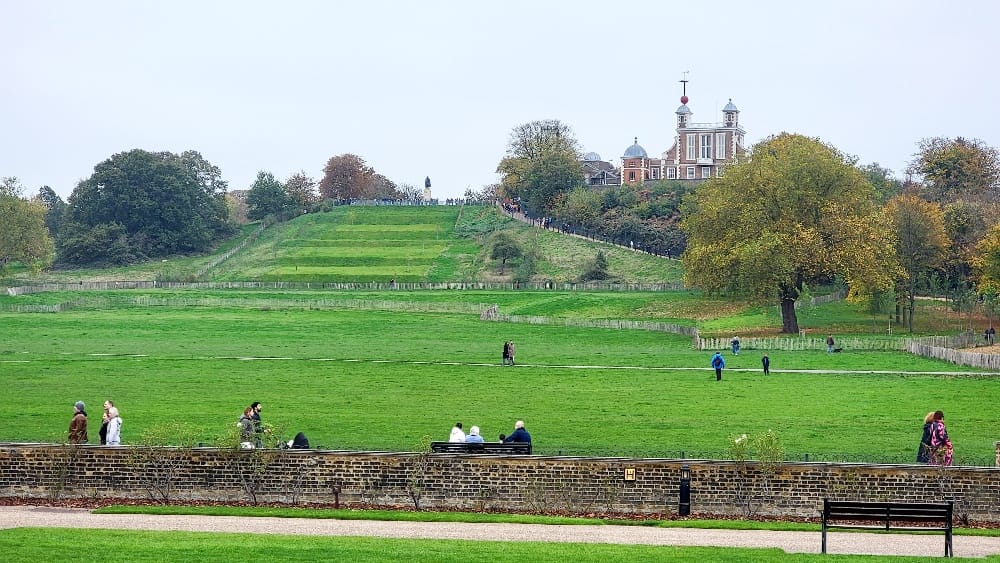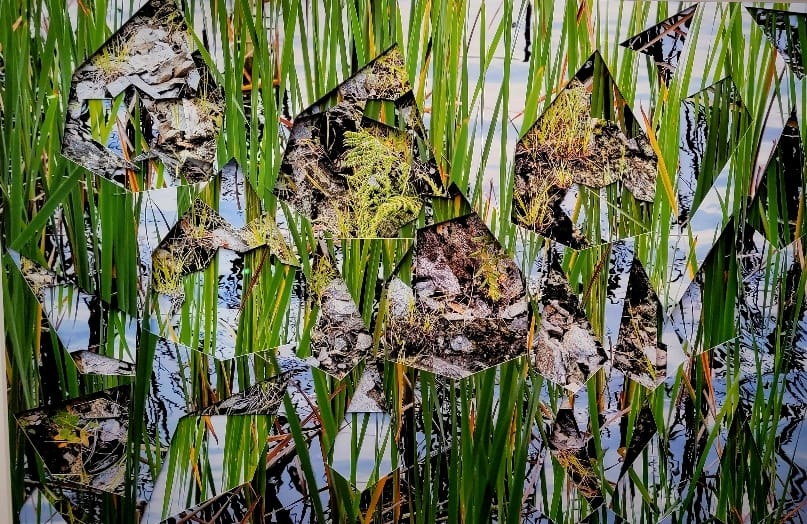About 10 million years ago the enzyme in our bodies used to detoxify alcohol, dehydrogenase…
The Vista to the Water Not Impaired
Today I headed out to Greenwich. It’s both a wonderful and a manic choice for a Sunday. Families, dog-walkers, couples, locals and tourists throng there. But there’s space, almost 200 acres, it’s spread out, and whether it’s museums, architecture, the market, walking the commons, or just an opp to people (and dog) watch, it’s magic.


The observatory and whatnot have an entry fee, but the Queen’s House, an Inigo Jones building of some renown, is free. Inside, rather spartan, and the art is focused mainly on Britain’s naval history.







At the end of the tour you descend the rather mesmerizing Tulip Staircase. Here’s what our friends at Wikipedia have to say:
The Tulip Staircase was an unusual feature during this period and the first of its kind. Made of ornate wrought iron it is Britain’s first geometric and unsupported staircase. Each tread is cantilevered from the wall and supported by the step below, a design invented by the mason, Nicholas Stone. Each step is interlocked along the bottom of the riser. Inigo Jones found inspiration for the staircase, and the glass lantern above, from Palladio’s Carita Monastery, where he noted that the staircases with a void in the center “succeed very well because they can have light from above”.




After all that art it was time to take in some commerce. I spent a while perusing the stalls and bric a brac on offer.


After some time walking and wandering in and outside of the palace, I headed into the market, then took the DLR across the river into the heart of London shopping, Oxford St (ugh. But I was in the market for a few items and had no choice but to comparison shop where comparison shopping is the thing).
I stopped at the Photographer’s Gallery on Ramillies St. They were selling rolls of film in their gift shop. Who still sells rolls of film? Who still uses film? Who develops film? It stirred my heart they had Ilford 400. I used to shoot Ilford back in the day; you didn’t need to use a flash (or, rather, you didn’t need to waste a flash and therefore it cost less to shoot at night). They called it “wide exposure film.” I could finish my shift as a bartender and at 1 AM walk Fulham Rd and shoot pictures without worrying about exposure. Ilford 400 could be developed at a colour lab, although you got B&W prints. Can’t believe there are still people on the planet shooting film. I’ve never been to a museum gift shop that is basically a museum.


Sunday is dark in the West End. Wasn’t up to remaining with the hordes, so took the tube back to Cricklewood early evening and called it a night. And, yes, another night of fireworks.




